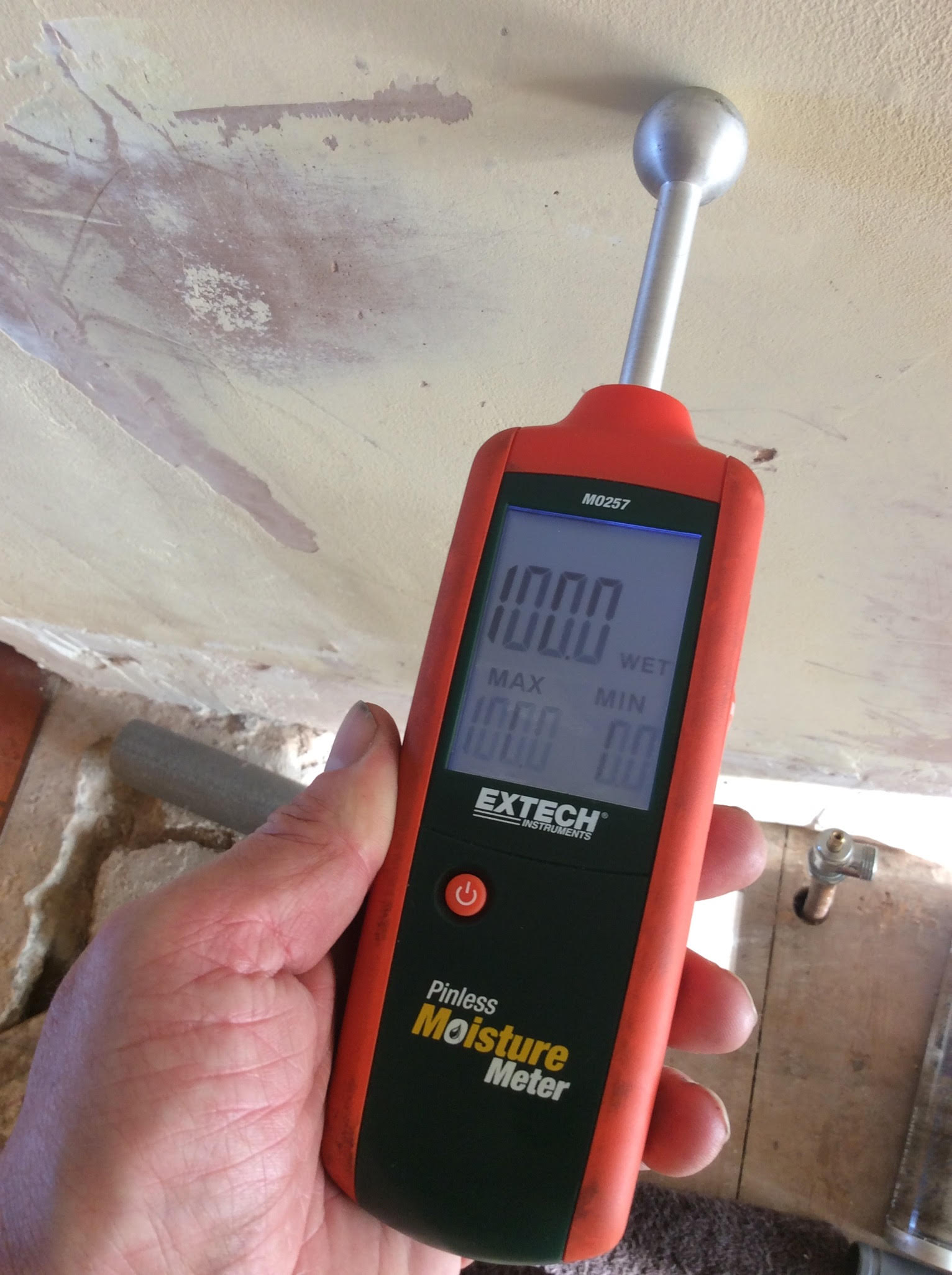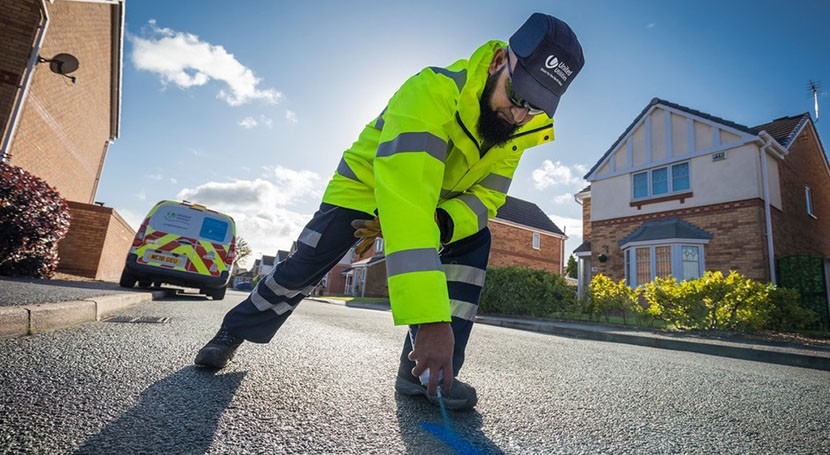Stop Major Problems with Early Water Leak Detection and Motivate Fixes
Stop Major Problems with Early Water Leak Detection and Motivate Fixes
Blog Article
Innovative Solutions for Early Discovery of Water Leaks in Buildings and Facilities
From cutting-edge leak discovery innovations to the deployment of IoT sensors for real-time tracking, the landscape of leak avoidance is progressing quickly. Automated water flow evaluation systems are improving just how leakages are identified and resolved, paving the means for a proactive approach to water leakage discovery.
Advanced Leakage Discovery Technologies
Advanced leak discovery technologies, furnished with advanced sensors and formulas, play a vital function in quickly determining and determining water leakages in numerous setups. Electro-magnetic sensors can identify adjustments in electro-magnetic fields triggered by water, using yet an additional layer of leakage discovery capacity.

IoT Sensors for Real-Time Monitoring
In the world of modern water leakage detection, the assimilation of IoT sensors for real-time monitoring represents a critical improvement in boosting aggressive leakage detection abilities. These sensing units offer continuous tracking of water supply, supplying real-time information on water circulation rates, pressure variations, and temperature level adjustments. By leveraging IoT modern technology, these sensors can detect also the smallest anomalies in water use patterns, allowing early recognition of possible leakages before they escalate into major concerns.
IoT sensors transmit information to a central system, where innovative formulas evaluate the info and produce alerts or notices when abnormalities are detected. This real-time surveillance capacity allows property proprietors or facility supervisors to without delay deal with leakages, minimizing water damage, minimizing repair costs, and preserving water sources.
In addition, IoT sensors can be incorporated with building monitoring systems, enabling for automatic feedbacks to discovered leakages, such as shutting down water valves or triggering pumps to minimize the impact of leakages. In general, the implementation of IoT sensors for real-time surveillance dramatically boosts the effectiveness and efficiency of water leak detection in buildings and facilities.
Machine Learning Algorithms for Leakage Prediction

One key advantage of using device learning for leak prediction is its capability to constantly find out and improve its precision over time. As more information is accumulated and fed into the algorithm, it can refine its forecasts and adapt to changing problems, ultimately boosting the integrity of leakage discovery systems.
Additionally, maker understanding formulas can aid in identifying subtle indicators of leakages that may go unnoticed by conventional surveillance approaches. water leak detection. By assessing intricate information embed in real-time, my latest blog post these algorithms can provide very early warnings and signals, enabling punctual treatment and precautionary maintenance to alleviate possible water damages and linked costs
Using Thermal Imaging for Leak Discovery
Thermal imaging innovation uses an encouraging strategy for finding water leakages in various systems and infrastructures. By utilizing infrared radiation and temperature variances, thermal imaging cams can identify hidden leakages that are not quickly noticeable to the nude eye.
One of the crucial advantages of thermal imaging for leakage detection is its non-intrusive nature. Unlike standard approaches that might require damaging into wall surfaces or floorings to situate leakages, thermal imaging allows for non-destructive screening. This not only saves time and lowers costs yet also minimizes disturbance to the building or facilities being examined. Furthermore, thermal imaging can rapidly check big areas, offering a detailed summary of potential leak resources in a timely way. In general, making use of thermal imaging innovation enhances the efficiency and accuracy of water leakage discovery, making it a valuable device for keeping the stability of buildings and frameworks.
Automated Water Flow Evaluation Systems
How can computerized water circulation analysis systems revolutionize the discovery and management of leaks in different systems and facilities? Automated water circulation analysis systems offer a positive method to leak discovery by continuously keeping an eye on water circulation rates and patterns. By establishing standard data, these systems can promptly determine inconsistencies that might suggest a leakage, making it possible for punctual intervention to avoid considerable damage.
These systems make use of advanced formulas to evaluate real-time data and provide immediate notifies when abnormalities are spotted, permitting for speedy activity to be taken. Furthermore, automatic water flow evaluation systems can be integrated with structure management systems or IoT platforms, improving general effectiveness and enabling remote monitoring abilities.
Furthermore, the information collected by these systems can be made use of for anticipating upkeep purposes, assisting to determine possible powerlessness in the infrastructure before leaks occur. In general, the application of computerized water circulation analysis systems can see it here considerably enhance leakage discovery and monitoring practices, eventually bring about set you back savings, decreased water waste, and boosted sustainability in buildings and facilities.

Conclusion
Finally, the integration of sophisticated leak detection modern technologies, IoT sensing units, artificial intelligence formulas, thermal imaging, and computerized water circulation evaluation systems uses ingenious remedies for very early detection of water leakages in buildings and infrastructure. These innovations allow real-time surveillance, prediction of leaks, and efficient detection methods to protect against water damage and wastefulness. Implementing these services can help in keeping the honesty and sustainability of water systems in numerous settings.
Report this page